With the Linde N20 and N20C SA (Semi-Automated), Linde Material Handling offers a lot of choice in order picking. The different trucks each have their own specific characteristics which they now combine with a functional semi-automatic system. Smart use leads to noticeably higher performance, our test showed.
For years, Linde has had a unique truck when it comes to order picking: the Linde N20. The operator stands in front of the battery compartment and the drive wheel is also placed behind the standing position. The advantage of this construction is that you have better visibility at crossings and the truck has a more compact turning circle. This also makes it easier to change aisles. Other advantages are that the truck weighs less and the platform has even better suspension.
In addition to the N20, Linde has recently expanded its range of order pickers with the Linde N20C. This model is based on the common construction of many other brands. The operator stands behind the battery and the drive wheel. The advantage of this design is the larger distance to the front of the truck, which means more safety for the operator. Another advantage is the slightly shorter walking distance from the stand-on platform to the picking location and vice versa. For Linde, the addition of the N20C means that fans of this truck concept can now also choose a Linde truck.
Whether it is the Linde N20 or N20C, both models are now available with a semi-automatic (SA) system to make order picking easier and improve picking performance. Time for a test.
Linde’s SA system works with a remote module that allows you to control the truck remotely. There are different operating modes, from which we choose the ‘Follow’ mode because we have used it on other order pickers and it leaves your hands free. With the ‘Follow’ function, the module is worn on the body, for example on the belt. Via Ultra Wideband Technology, 3 antennae on the truck measure the location of the module and ensure that the truck follows the order picker as long as he/she walks. If the picker stops, the truck stops at a pre-selected location along the length of the fork. Three stop positions are possible, at the beginning, middle and end of the fork.
Connecting the module is relatively simple. You step on the truck to get inside the antennae and press the central button. The system shows a successful pairing on the light tree with a steady green light. You then step off and briefly press the central button. The system beeps 3 times in confirmation and shows a blue light. The tracking system is now active.
In our test set-up, we collect 12 orders on 12 different locations. For these locations we have three different layouts. From a setup with pick locations that are somewhat further apart, to one in which we reduce the distance between locations while keeping the total distance to be covered from start to finish the same. We drive several cycles to arrive at balanced scores. When using both the Linde N20 and N20C, we drive all the test tracks fully manually operated – so getting back on the truck every time – and many runs using the SA system as much as possible. As a rule, this means that we do not get back on the truck for distances of 8 metres or less between stops but use the ‘follow’ system. In our test, we deliberately chose the middle position of the fork as the stopping point because this allows an even distribution of the collected boxes over both picking pallets.
The conclusion with the two Linde trucks is entirely in line with previous order picking tests we did with similar systems. Already on the track with only a few stops within walking distance of each other, the SA system appears to increase order picking speed. This increases by 14.6% on the Linde N20 compared to constantly getting back on the truck. On test track 2 the picking gain is 15.5% and on test track 3 even 26.8%. For the Linde N20C, the advantage seems slightly lower with 10.9 – 15.9 and 17.5% respectively higher output, but the overall picking performance on all courses is higher than for the Linde N20. We attribute this difference to two aspects: 1. the better Curve Control setting of the Linde N20C. This determines the speed in bends, for example when changing aisles. And 2: the slightly shorter walking distance to get back to the walking platform.
Due to it’s longer walking distance the Linde N20 shows a more responsive behaviour when working in SA mode. As a result, the truck follows a little bit more smoothly and you can walk with a higher pace depending on personal preferences.
Other general benefits of the SA-system is that it saves energy, both on the truck and on the order picker. It sounds contradictory, because after all, you are walking more metres. The profit lies in the fact that you get back on the truck less often. This not only saves the effort of getting on and off the truck, but also the twisting of the upper body and the movement of the truck that you feel every time in muscles of the arm, leg and back. In the end, with the SA system you are less tired at the end of the working day and have definitely been able to do more picks.
Working with an SA-order picker almost always results in lower consumption from the traction battery. The truck needs less energy to reach a walking speed of 5 km/h than it does to reach a driving speed of over 12 km/h. The energy saving on Linde trucks is around 10%.
So far so good, but how do both Linde trucks compare to the average of order pickers we’ve tested? In general the overall picking performance is around 10% lower, both when fully pedestrianised and when using the SA-function. This is largely due to the Curve Control settings on both Linde trucks, which are simply too modest. Also, the coasting speed in SA-mode could be slightly higher so that the truck still arrives accurately on time at the pick location and you can immediately deposit the picked goods on the pallet or roll container.
With the SA-feature for the N20 and N20C, Linde certainly adds a valuable tool to make order picking easier and more productive. The system is easy to operate and keeps the hands of the picker free. After all, there is no need to put on a glove or other attribute or slide it around a finger.
The tester’s personal preference is for the Linde N20C and that’s not just because of its higher productivity in the test. Getting on and off the truck is just a little bit easier, the space on the platform is a little bit bigger and the driving behaviour is just a little bit smoother thanks to the larger wheel base. The Linde N20 also has its unique features, of course, but for those who prefer the more common version of an order picking truck, you can now find it at Linde too.
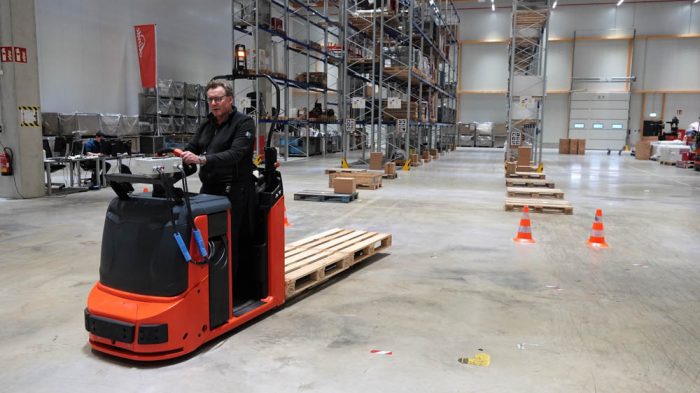
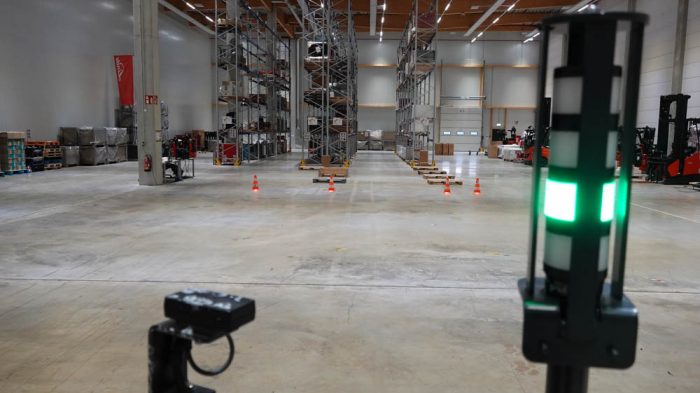

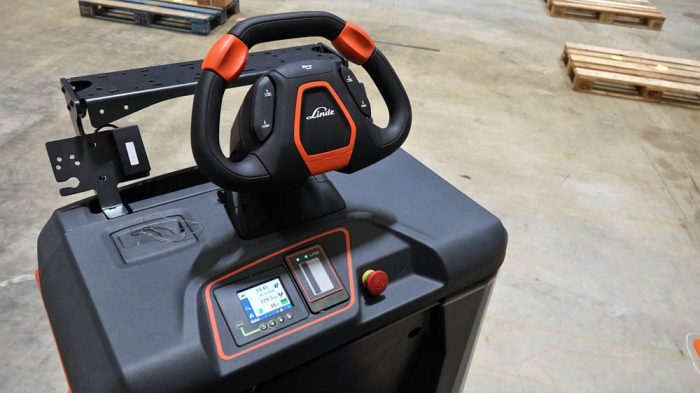

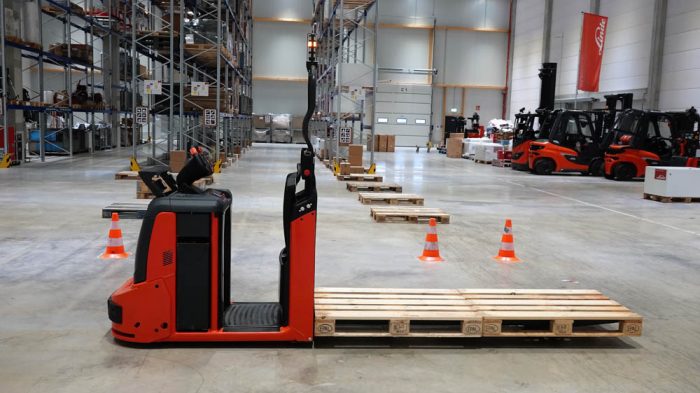
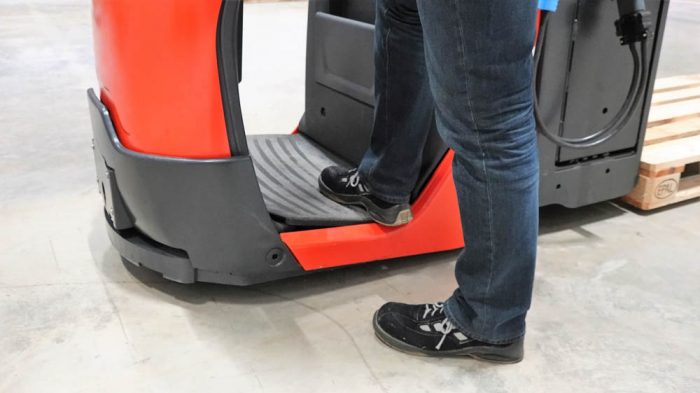
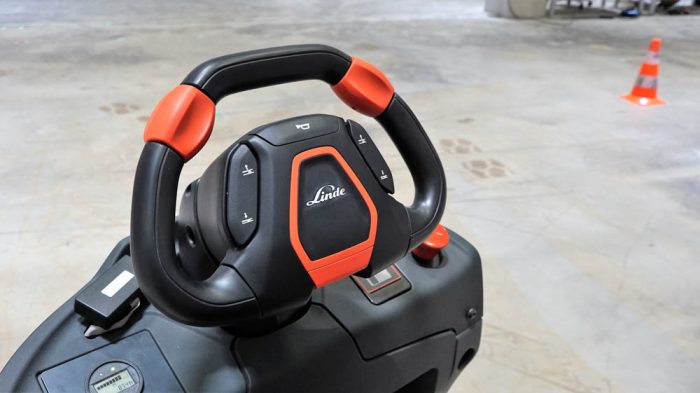
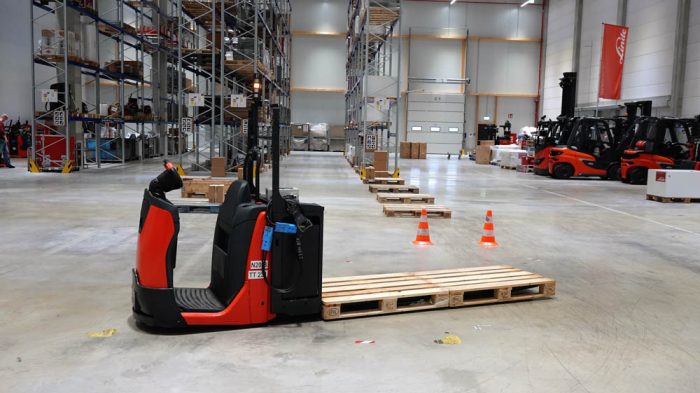
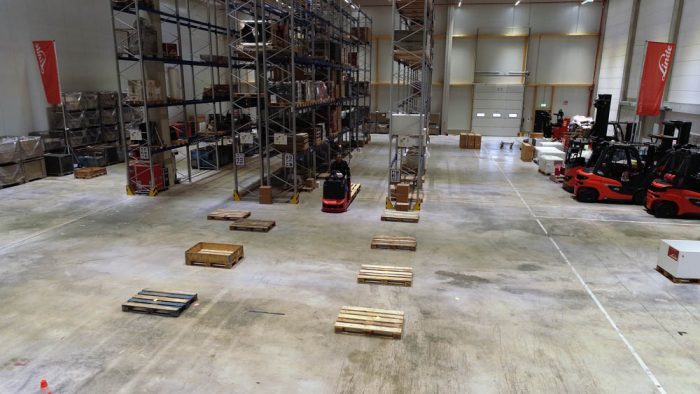

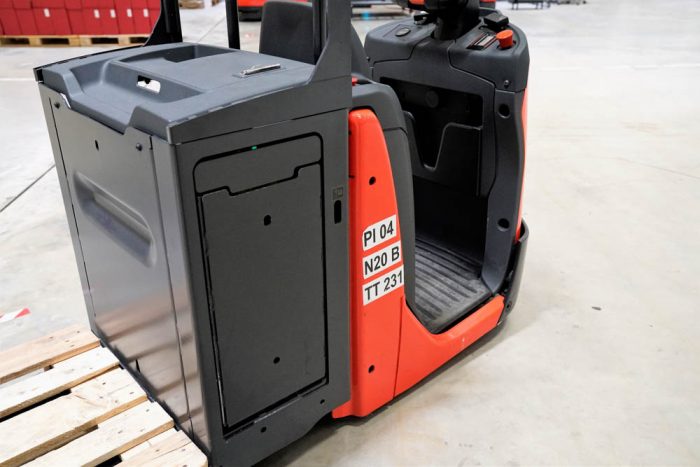
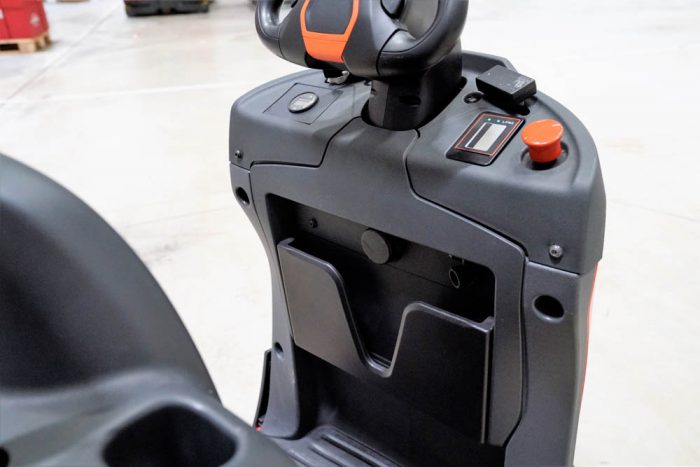
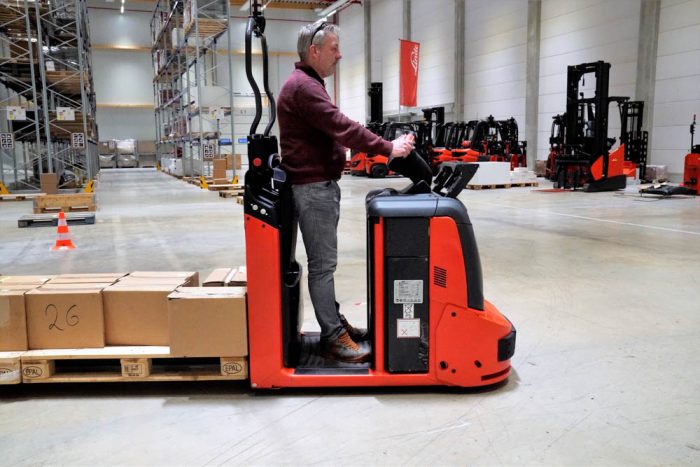
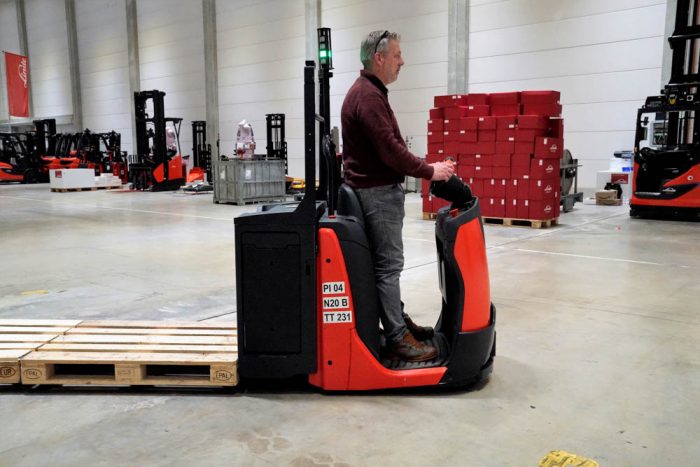
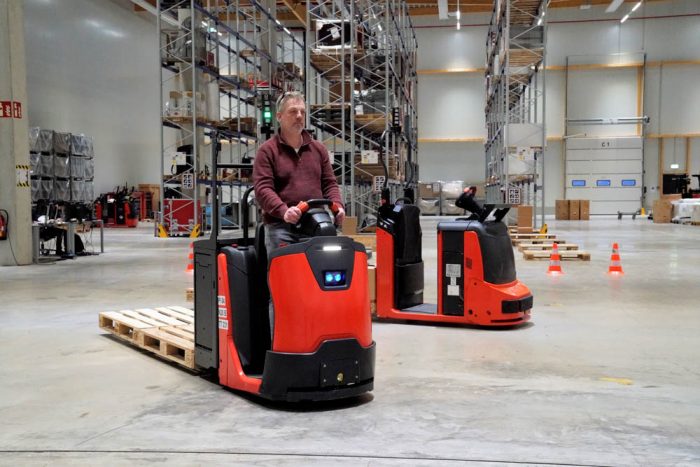

(Text and photos: Andersom Testing, Theo Egberts and Mark Dohmen)
Tags:
Andersom test, Andersom testing, Linde, Linde Material Handling, Linde N20, Linde N20C SA, Order pick truck, Order picking truck, Test, Truck test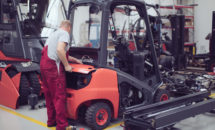
Linde Material Handling has opened a new remanufacturin...
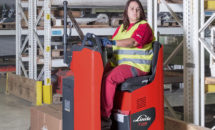
Last year, Linde Material Handling launched a new produ...

Linde welcomed in June between 6 and 8 thousand visitor...